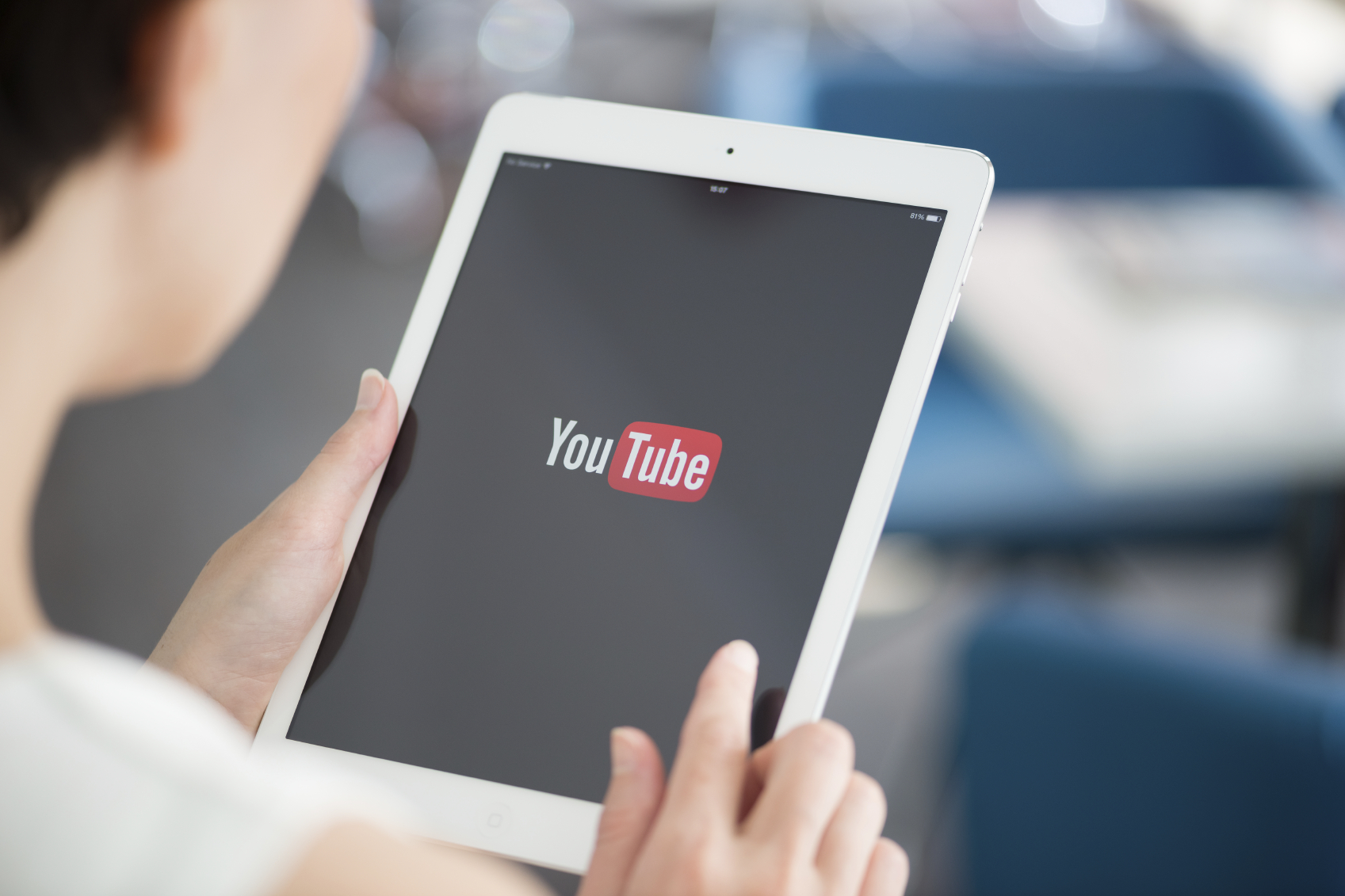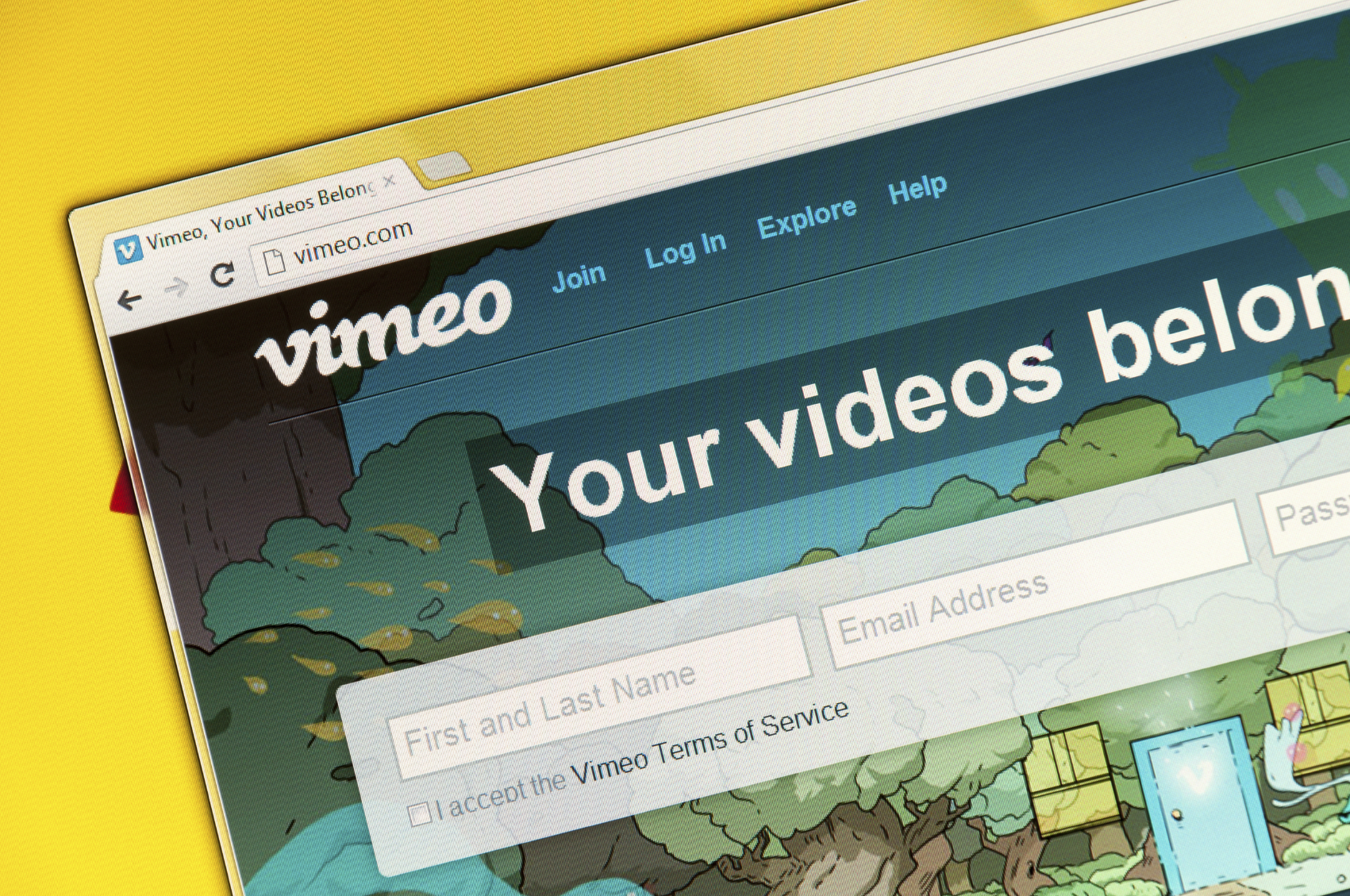What Happened
YouTube announced a slew of new initiatives at its NewFronts event on Thursday, as the Google-owned company continues to solidify its leading position in the online video space. First, it unveiled a new ad product called Google Breakout Videos, which allows brand advertisers to identify and insert pre-rolls into “fast-rising” YouTube videos as they go viral. Ad buyers will also be able to buy Google Preferred ads programmatically through Google’s DoubleClick ad platform.
In addition, YouTube is teaming up with the NBA to develop two original virtual reality series that offer basketball fans behind-the-scenes looks at basketball legends and more. Ahead of the event, reports broke that the company is planning to launch a skinny TV bundle, but YouTube neither confirmed nor denied that at its NewFronts.
What Brands Need To Do
As digital video starts to overtake TV in garnering consumer attention, especially in the younger generations, YouTube is leading the pack of online video platforms in a grab for the TV ad spending. In fact, our sibling agency Magna Global announced that, as part of a 3-year deal it struck with Google, it will invest $250 million into digital video ads on YouTube while receiving “competitive rates” on Google Preferred’s unskippable ad inventory. With online video consumption continuously on the rise, brands need to recalibrate their media spending and take advantage of the new tools YouTube offers.
Source: AdWeek


